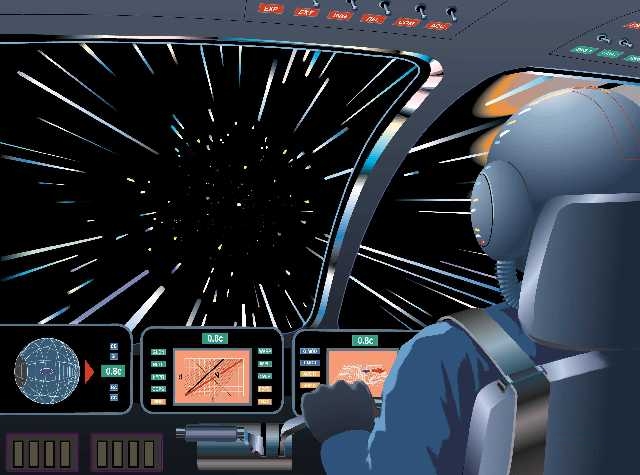Please note: Osher Rainforest will be closed for maintenance May 7-9.
Science News
Space Travel
October 19, 2010

Gliese 581g. Does it exist? Could life exist there, if it does?
There’s been a lot in the news about this phantom planet over the past few weeks, and one of the items that is often mentioned is how “close” the planet is.
The planet is actually 20 light years away, meaning that if you could build a spaceship that could travel at the speed of light, it would take 20 years to get there. But for Voyager 1, the fastest spacecraft humanity has ever launched, the trip would take almost 400,000 years—wow! The Discoblog on Discover explains this and a few alternatives.
Universe Today covered traveling to exoplanets last week, too. Not human travel, but probes that someday could search for life.
Getting close to any exoplanet means future technology that more resembles science fiction, but scientists say it’s not impossible.
Marc Millis, former head of NASA's Breakthrough Propulsion Physics (BPP) Project authored an award winning section of NASA's website titled “Warp Drive, When?”
According to Millis, manipulating gravity could allow us to create a real life warp drive. Use gravity to expand space behind the shift, and to contract it in front of the ship! The ship wouldn't actually move at all; rather, the space around the ship would be moving.
Crazy, right?
It gets weirder. A beam of light near the ship would still speed away from it, but a beam of light outside of the warp “bubble” would be outrun by the ship.
Still not convinced this technology could become science fact? Well, you’re not alone. First of all, several problems present themselves when traveling at the speed of light. When Chuck Yeager broke the sound barrier in October 1947, he faced a much different set of problems. Making matter travel at the speed of light means that we’d be breaking a very different kind of barrier: light results from the same electromagnetic force that holds atoms together in molecular form, and we know that at velocities approaching light speed, time drastically slows down. Neither effect bodes well for potential astronauts. But by moving space around the spacecraft, we may be able to bend these rules.
Science fiction buffs will immediately recognize one potential fuel source for interstellar technology: antimatter! In 2008, scientists successfully created billions of particles of antimatter (specifically, positrons) by firing a very powerful laser at a piece of gold the size of a head of a pin. See Science in Action’s video on the nearby National Ignition Facility for another application of this technology.
These inspirations may take decades or more to achieve reality. However, what’s amazing is that scientists are actually working on bringing the imagination of science fiction writers to life.
“Warp speed, Scotty.”
Image courtesy of NASA/Glenn Research Center